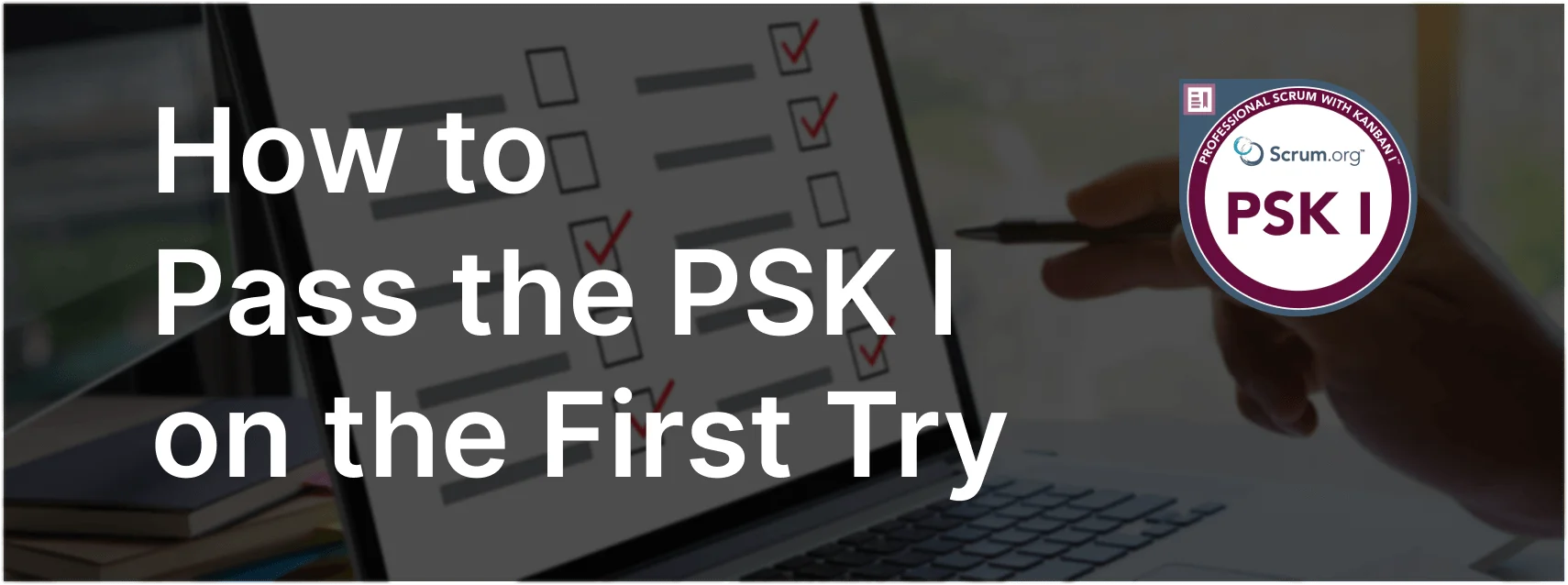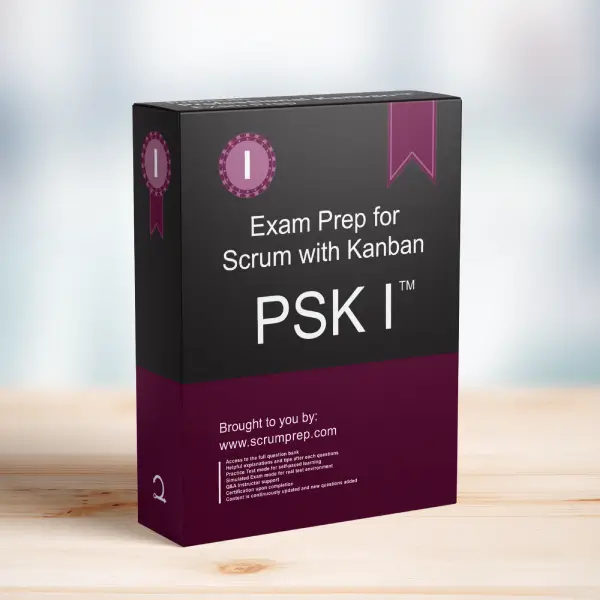Understanding Work In Progress (WIP) Limits in Scrum with Kanban
Work In Progress (WIP) limits are a critical component of Kanban practices used to manage the amount of work being actively worked on at any given time.
Exam Question
True or False: Optimizing WIP limits will result in decreased productivity.
A. True
B. False
Correct Answer
B. False
Explanation
Correct Answer
B. False:
Optimizing WIP limits typically results in increased productivity, not decreased. WIP limits are designed to help teams focus on completing work rather than starting new tasks without finishing the ones already in progress. By limiting the number of items in progress, teams can reduce context switching, decrease bottlenecks, and ensure a smoother flow of work. This often leads to faster cycle times, higher quality, and improved overall productivity.
How WIP Limits Improve Productivity
- Focus on Completion: WIP limits encourage teams to finish work items before starting new ones, leading to faster completion of tasks and reducing the number of partially completed items.
- Reduced Multitasking: Limiting WIP reduces the need for multitasking, which can drain productivity and lead to errors. By focusing on fewer tasks, teams can work more efficiently.
- Flow Efficiency: WIP limits help maintain a steady flow of work by preventing bottlenecks in the process. This smoother flow reduces delays and keeps the team working at an optimal pace.
- Continuous Improvement: By regularly reviewing and optimizing WIP limits, teams can continuously improve their workflow, identify inefficiencies, and make adjustments that enhance productivity.
Misconceptions About WIP Limits
- More Work Does Not Equal More Productivity: A common misconception is that having more work in progress increases productivity. In reality, it often leads to inefficiencies and lower overall output because of the increased overhead and context switching.
- Balancing WIP Limits: The key to optimizing WIP limits is finding the right balance. Too low, and the team may be underutilized; too high, and the team may become overwhelmed, leading to reduced productivity.
Relevance to the PSK I Exam
Understanding the impact of WIP limits on productivity is crucial for the PSK I exam. It demonstrates knowledge of Kanban practices within Scrum and how they contribute to a more effective and efficient workflow.
Key Takeaways
- Optimizing WIP limits generally leads to increased productivity by encouraging focus, reducing multitasking, and maintaining a smooth flow of work.
- The misconception that more work in progress equals higher productivity can lead to inefficiencies and decreased output.
- Regularly reviewing and adjusting WIP limits is key to continuous improvement in a team’s workflow.
Conclusion
Optimizing WIP limits will typically result in increased, not decreased, productivity. By managing the flow of work and reducing multitasking, WIP limits help teams complete tasks more efficiently and effectively. For more information on preparing for the PSK I exam, visit our Professional Kanban PSK I™ Exam Prep.



